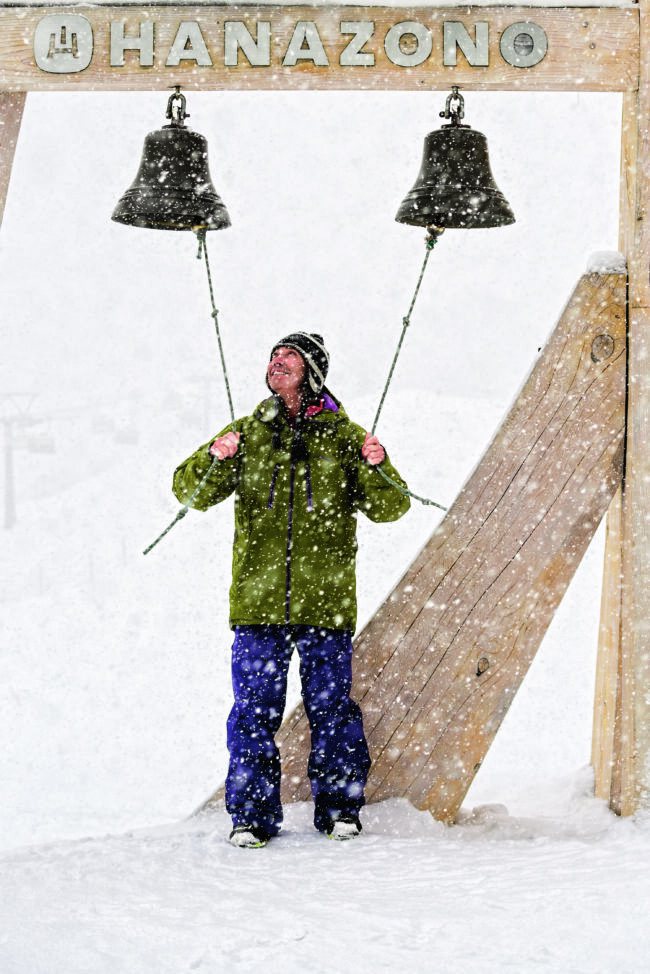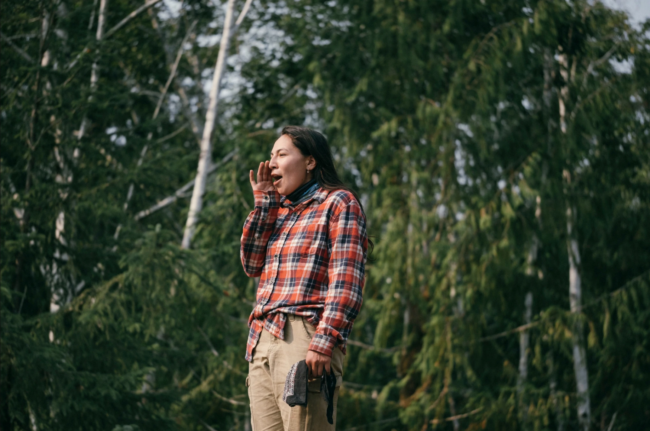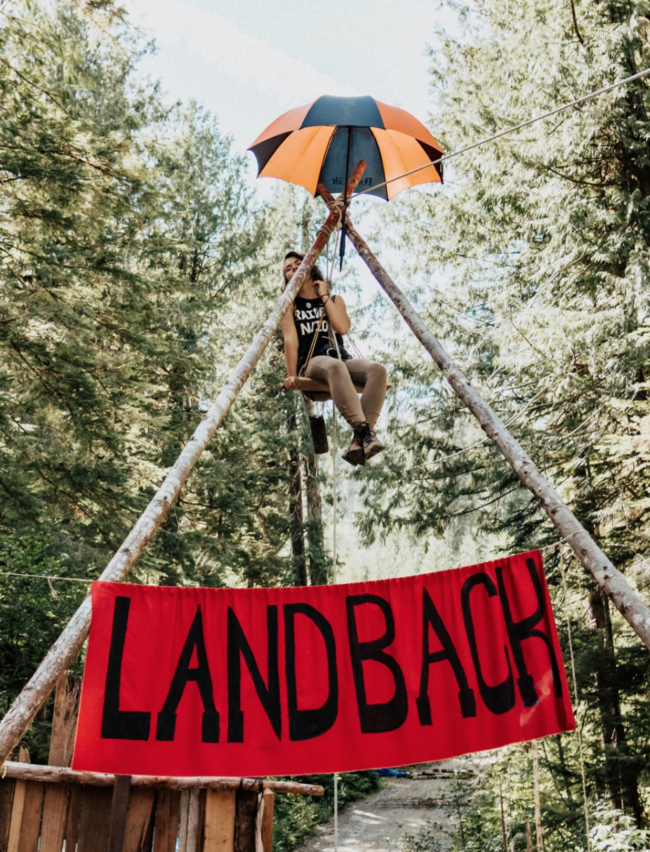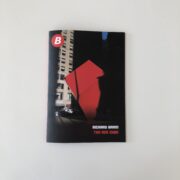
Colin Wiseman
Heidi: How has being both writer and photographer informed your photography?
Colin: The storytelling aspect of being a writer (and editor/photo editor) helps me approach photography with a deeper vision of the final product. It allows me to see the whole story and create a visual narrative that fills in the gaps between peak moments. Sometimes, in action sports and otherwise, the context in between the main objectives are where the true story lies, and it’s important to keep an eye out for the less obvious images that can be the most honest and impactful. It’s easy to forget that if you aren’t focused on a cohesive narrative.
Did you start out knowing you wanted to do both edit and photo/motion?
Ever since high school, writing and photography have both been interesting to me. They’re complementary pursuits, and I found storytelling through both copy and imagery to be a natural progression. Video came later. For most of my career, I thought I wouldn’t want to try to capture both stills and motion on the same shoot, but for some applications—particularly shoots where motion and moments are predictably repeatable—there can be effective balance without watering down the final product.
What have been the benefits of being a “dually” or multi-talented now that we have a thirst for content in the digital world?
For one, a brand or editorial title can save travel costs by sending a single person to get the whole story through copy, imagery, and potentially video. Second, the ability to understand the story in a holistic way—whether that’s a brand story or an editorial story—can allow me to provide a more cohesive and balanced final product as well. And third, photography serves as a visual notebook in a way—the photos bring me back to the moment and allow for vivid, detailed memories to draw upon while writing.
Big picture, with multiple levels of digital media, the content needs of any entity have grown exponentially. Being able to provide everything from stills to video and accompanying copy can feed the various levels of engagement that are all essential to successful tiered storytelling from print to web to social media. As someone who studied sociology for seven years, seeing the big picture is also fascinating to me, and being able to take a holistic approach to media creation is a fun puzzle to put together.
Were there any drawbacks?
It all takes time, and doing both a photo edit and copywriting on tight deadlines can demand a lot of creative energy. Writing, in particular, requires a spark that is hard to explain, and that happens after the trip, or interview, or engagement with the subject at hand. Sometimes when you sit down to write it flows almost effortlessly, but sometimes it doesn’t—the creative inspiration can arrive at odd hours, or even days or weeks after the fact. Photography generally has its creative moments before and during the shoot, but the back-end editing of my own work is more like hammering nails than playing music, which is the opposite of writing.
You recently finished a stint as a photo editor, did that role shed light on the art of pitching in stories and your photo work?
I recently spent about a year working in the photo and copy departments at Patagonia covering maternity and paternity leave for one of their photo editors and one of their managing editors of copy. Before that, most of my back end work had been as an editor, photo editor and content director for The Snowboarder’s Journal, which is an independent print title with a digital property, focused on a very specific core audience. My time at Patagonia certainly helped me understand the high volume of content required to support a larger brand in the outdoor space with strong and specific messaging, which speaks to a large and diverse audience. It certainly helped me understand how stories fit the brand message more effectively, and gave me a better understanding of how photography and copy flows between larger teams and how overall brand messaging flows into category-specific storytelling. Patagonia has a lot of moving parts and fitting work into the right spaces as a freelancer requires making everyone’s jobs easier through clear communication, clear understanding of the brand, and pitching work that fits into the aforementioned messaging pyramid.
 Eric Jackson outside of Valdez, Alaska—the image that won Best Mountain Photo for Red Bull Illume 2021
Eric Jackson outside of Valdez, Alaska—the image that won Best Mountain Photo for Red Bull Illume 2021
Congratulations on the RedBull Illume award, why did you submit that image?
Thank you. Winning Best Mountain Photo at Red Bull Illume is a career highlight as someone who shoots action sports. I actually submitted that image to the Raw category, so it was a raw file with zero edits in post. The light, shadow, and immensity of the Alaskan landscape fit well into what I saw as a successful raw image, but it ended up winning the Best Mountain Photo award, to my surprise. It was one of a few peak moments from a week in Alaska where we only got a few cracks at shooting big lines in nice light—after two days up there, wind scoured the range, and effectively shut us down.
Getting a high-level snowboard image in Alaska requires both a lot of planning and a lot of luck, and this one worked in a year where not a lot of people had success up in Alaska, so I thought it might stand out from the crowd. To get that shot, I was perched on a giant glacial ice bulge with massive crevasses just below. it was getting late, and we had to get out of the mountains soon. The wind was starting to below, making navigation difficult. Every year I try to get up to AK to shoot, and some years we walk away with nothing, so any successful image from Alaska is special to me.
Photograph by Agathe Bernard: Interview with her can be read here
 Photograph by Ola J. Chowela : Interview with her can be read here
Photograph by Ola J. Chowela : Interview with her can be read here
What have you been working on lately that inspired you?
A lot of my inspiration comes from moments outside of work—evening light on my mountain bike above my house, pedaling alone with time to think. A powder day at the mountain with friends. A hike through big trees in clean air. A good conversation with a deep thinker. Things like that. I’ve been consciously expanding my work beyond the action sports realm in the past few years, and that has been both challenging and rewarding. The unpredictability of shooting with kids, for instance, requires a different approach than setting up a portrait or an action shot with a professional athlete. Working with video is also a fun and engaging pursuit, building a story through a somewhat familiar yet somewhat different medium.
During my time at Patagonia, I was able to work closely with the photo director on two projects in particular that really inspired my creative vision as a producer and editor. One was coverage of the Fairy Creek logging protests on Vancouver Island. I grew up nearby, and old growth logging has long been a controversial issue. To be able to provide a platform for Indigenous people to tell that story in their own words was very meaningful to me. Same goes for Patagonia’s strong messaging following the Supreme Court’s ruling on Roe V Wade. Having a diverse crew of photographers across the country capturing the protests, and delivering a strong message within 48 hours of the ruling, was both challenging and inspirational. To make space for diverse and often underrepresented folx to tell their own stories is incredibly rewarding. I have a lot to learn in how to navigate those relationships, and I’m inspired to do so.

